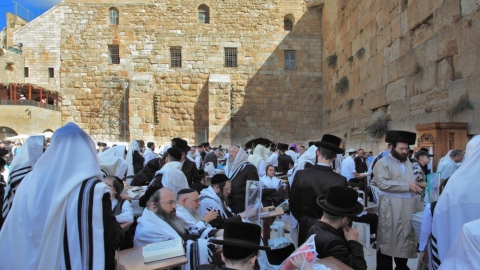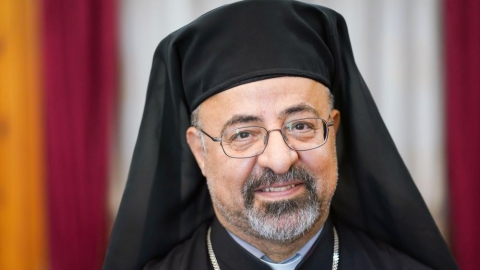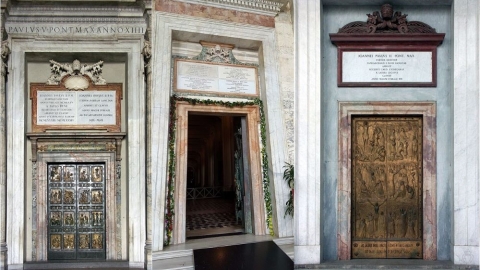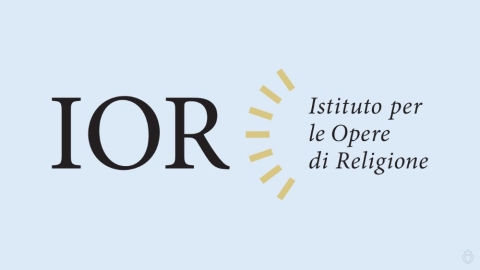France: Senusret III, legendary Pharaoh

The Palais des Beaux-Arts of the city of Lille is offering an exceptional exhibition on “Senusret III, Legendary Pharaoh.” There will be 350 objects on display, many of which are on loan from Egyptology departments of the greatest museums in the world, bringing to life one of the most important personages of the Middle Kingdom and the Twelfth Dynasty.
The reign of Senusret III (c. 1872 – 1854 BC) was a turning point in the history of Ancient Egypt, according to Fleur Morfoisse and Guillemette Andreu-Lanoë, in charge of the exhibition: “This sovereign initiated major political and administrative reform. During his reign he conquered Nubia (present-day Sudan) where he had a network of strongholds built, establishing the first borders of his kingdom, and developed strong commercial and diplomatic ties with his eastern neighbours (today Cyprus, Lebanon, Turkey, Syria, Israel and Palestine). His military expeditions and the dedicated administrative staff that he put in place allowed him to establish his power before external threats as well as the internal ones posed by local leaders. The Egyptian state was reinvented in depth.”
It is difficult to establish the chronology of the Patriarchs with precision, but several biblical scholars believe the reign of Senusret III took place somewhere between Abraham’s arrival in Egypt and the rise of Joseph, eldest son of Jacob, to power. According to Father Jules Renié, S. M., Abraham probably came to Egypt in the year VI of Senusret II, father of Senusret III, towards the year 1889 BC (see Genesis 12, 10). He would have taken up residence east of the delta of the Nile, like other nomads from Palestine. As for Joseph, the experts agree that he arrived in Egypt during the Second Intermediate Period (c. 1780 – c. 1570), at the time when the Hyksos kings took over the Nile delta, at the end of the Twelfth Dynasty, later extending their reign to the entire country at the time of the divisions in the Thirteenth and Fourteenth Dynasties.
The viewer will discover, then, Egypt at the time of Abraham—the Middle Kingdom—through the reign of the best known Pharaoh. He conquered Nubia, but also led a military expedition to Schechem in Palestine. He worshipped Osiris, whom he claimed as an ancestor, but also Amon and Montu, ancient Theban god of war, recognizable by his falcon’s head. He built the pyramid of Dahshur, where he was buried with his fourth wife, Queen Mereret, and Pricess Sat-Hathor, his sister. Many treasures escaped looters and were found during the search conducted by Jacques de Morgan, in 1894 – 1895.
(Sources : palais des beaux-arts de Lille/Chadefaud/Clayton/Renié – DICI no. 305 dated Nov.21 2014)





